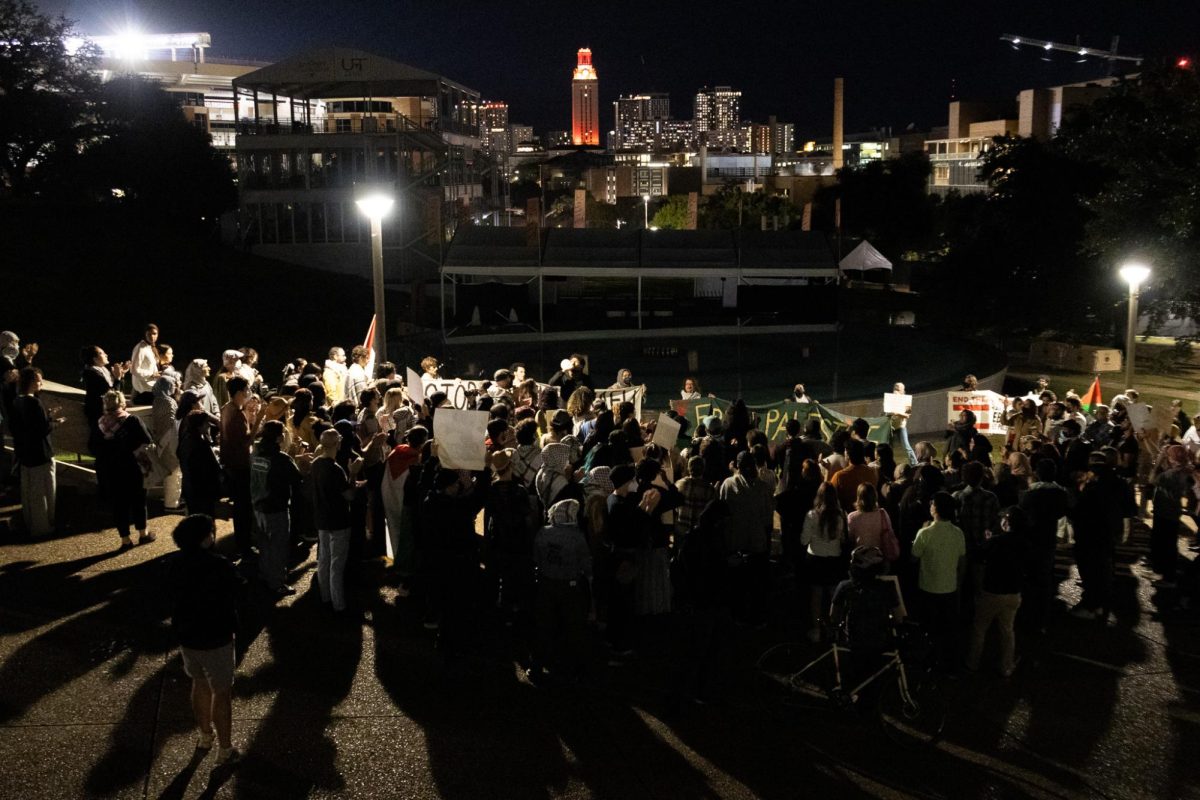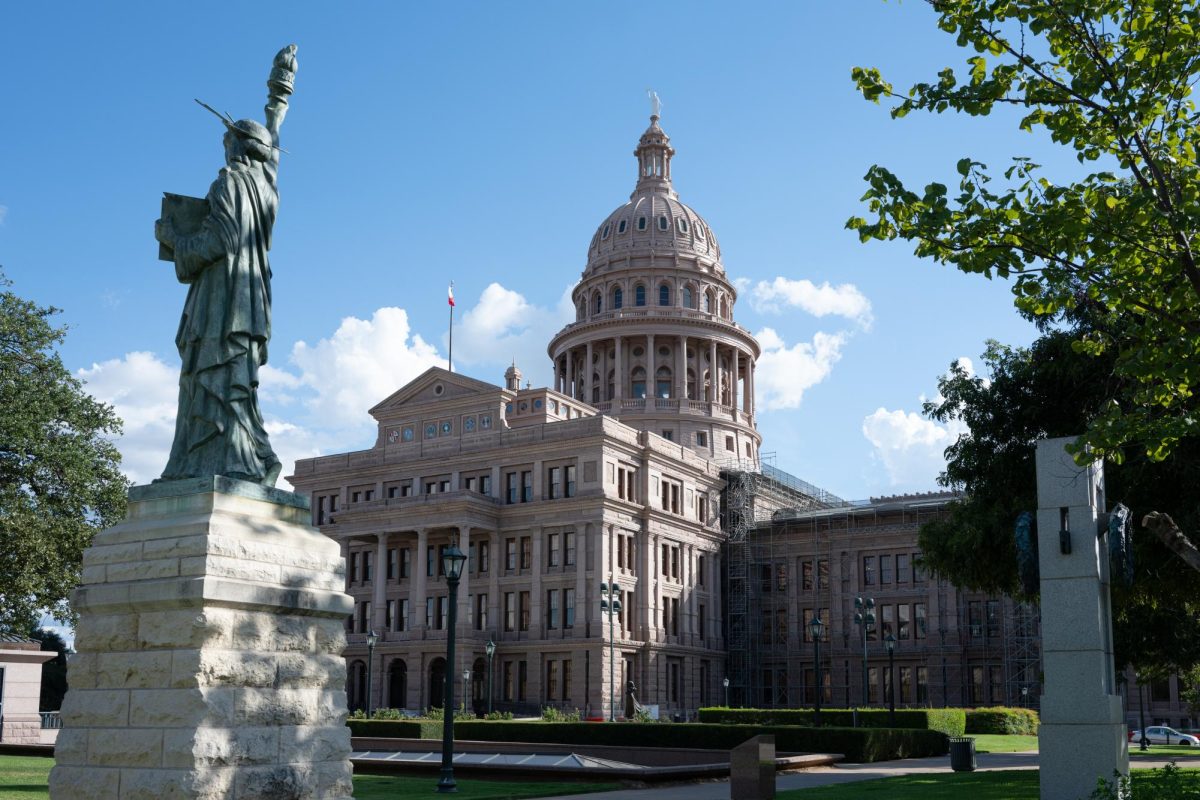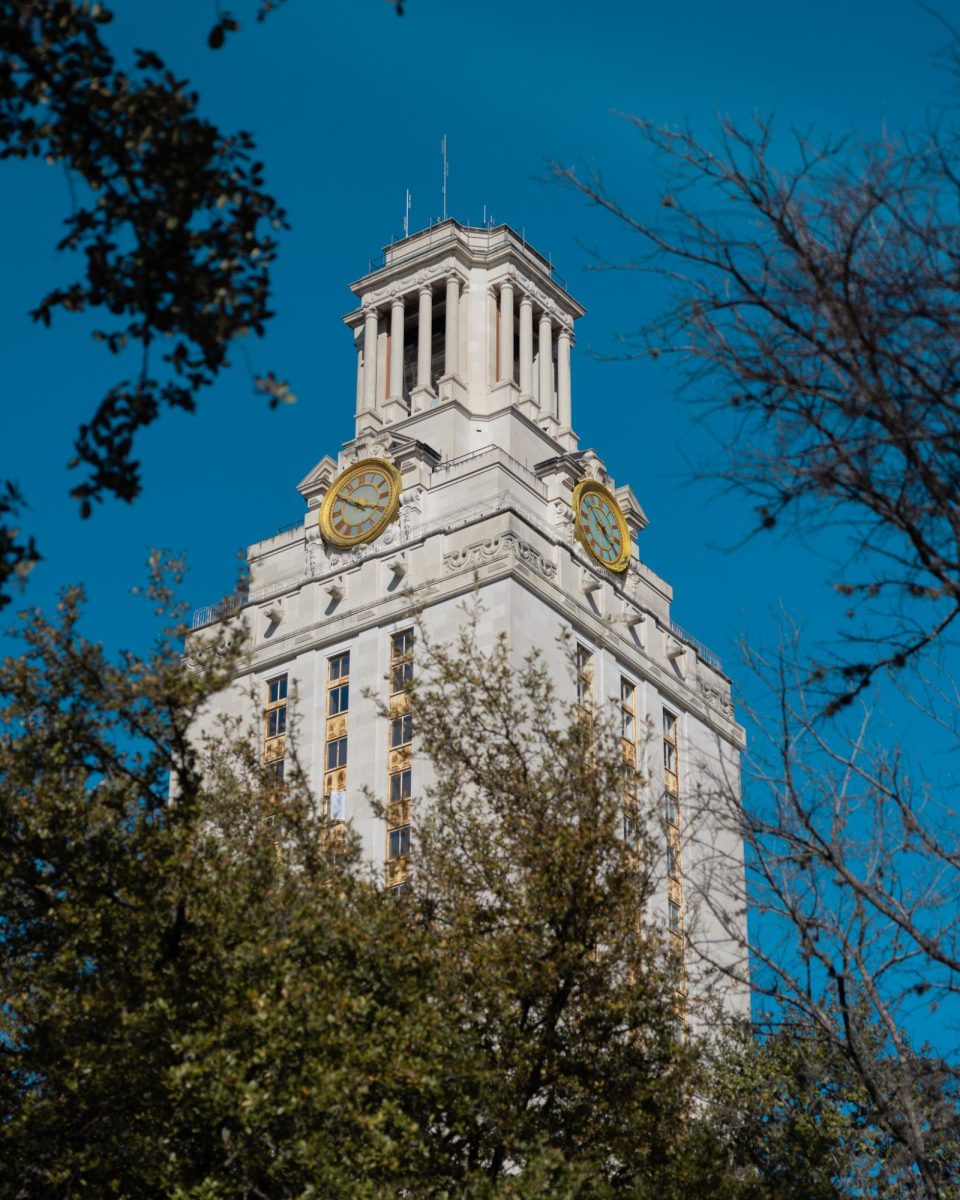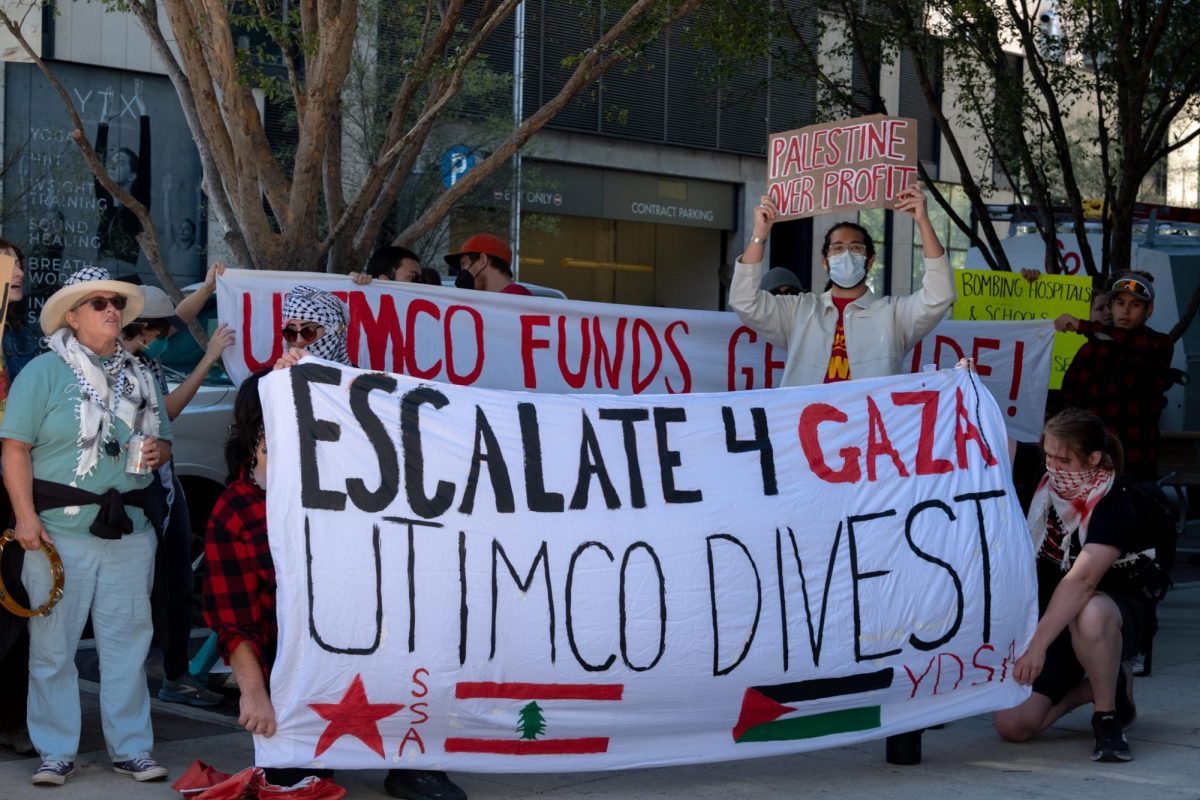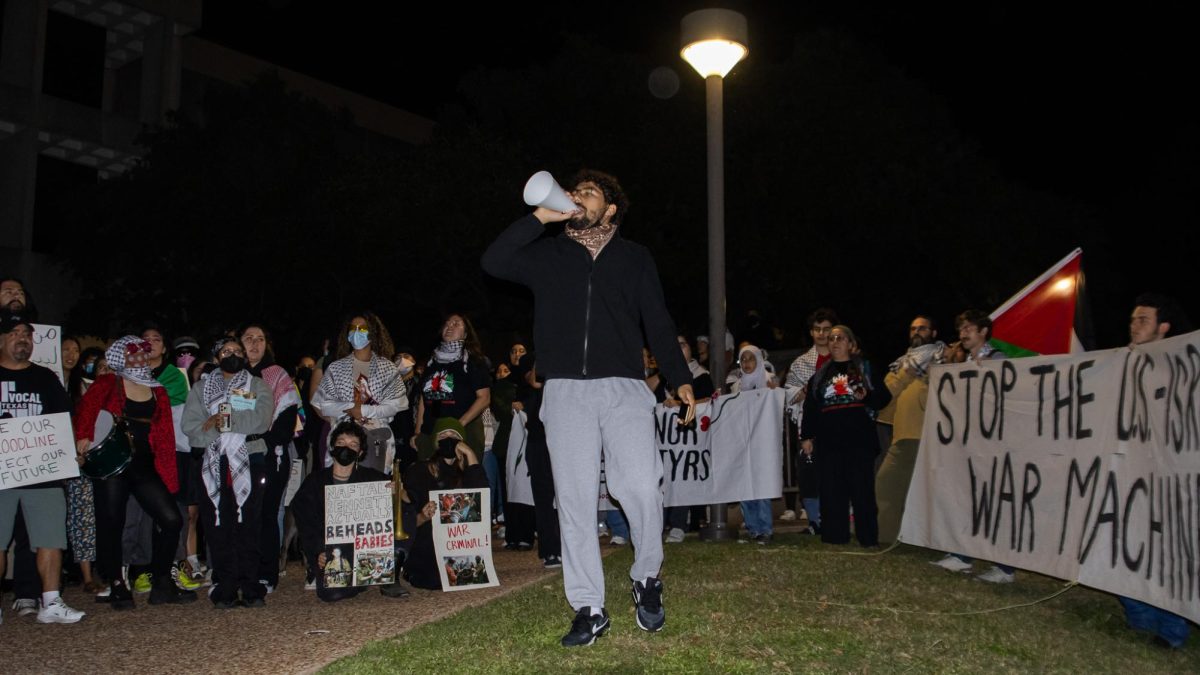RICHMOND, Va. — About 15 percent of Virginia Tech students reported experiencing high levels of post-traumatic stress symptoms several months after the 2007 shooting rampage that left 33 people dead, according to a study.
The journal Psychological Trauma: Theory, Research, Practice and Policy last month published the research that measured trauma-related stress and possible post-traumatic stress after the deadliest mass shooting by a single gunman in modern U.S. history.
The report’s authors included Virginia Tech sociology professor Michael Hughes and psychology professor Russell T. Jones.
They said that the survey is the first large-scale assessment of college students after a university mass shooting. The effort in part was to help provide Virginia Tech officials with information about students’ needs for mental health treatment.
Hughes on Tuesday acknowledged that mental health professionals didn’t diagnose post-traumatic stress disorder in student respondents. But he said the survey does use a reliable scale to measure stress symptoms.
The survey of more than 4,600 students — or about 20 percent of the student population — in summer and fall 2007 showed that 23 percent of women and about 10 percent of men reported experiencing major post-traumatic stress symptoms. This primarily was because women experienced greater losses in networks of people who weren’t close friends, and also perhaps because of heightened perception of danger or harm.
The survey included a chronological set of questions about the most stressful aspects of the April 16, 2007, shootings: awareness of the events, closeness to where the shootings happened, exposure to potentially traumatizing parts of it, indirect exposure and loss.
Nearly 65 percent of students reported having high levels of stress after being unable to confirm their friends’ safety after the shootings, and 14 percent said they should have been or might have been at Norris Hall, where gunman Seung-Hui Cho fatally shot 30 people a couple hours after killing two people in a dormitory. He also killed himself.
Nine percent reported having a close friend killed. That was about 65 times as large as the actual number of people killed — about 0.14 percent of the total student body. It suggests that “the social networks of Virginia Tech students were very extensive, that respondents exaggerated their closeness to the victims, or that the shared traumatic experience increased students’ perceived closeness to the victims,” the study said.
That compared to 64 percent having a friend or acquaintance killed and 79 percent knowing of the death of “someone distant.”
“The results suggest that the nature of college student social networks is such that future college mass trauma incidents will likely have similarly wide dispersion” of post-traumatic stress symptoms and that mental health professionals will need to reach out beyond the students with direct exposure to trauma, the report said.
Charles Figley, professor of social work at Tulane University who studies trauma and stress, said that the findings aren’t really much different than on all college campuses, especially when something violent or traumatic happens. And the 20 percent response rate — what Figley called “pretty normal” — indicates that many students had moved on by the time the surveys were administered.
But the study is useful because it provides a blueprint for studying trauma in the campus environment.
“It is a good quantitative profile of a campus that was hit, and you can count of the same kind of finding next time another campus is hit,” Figley said.
Last week, Virginia Tech was locked down for several hours, with alerts sent to students and others to stay inside, after a report of someone with a gun. No gunman was ever found.

